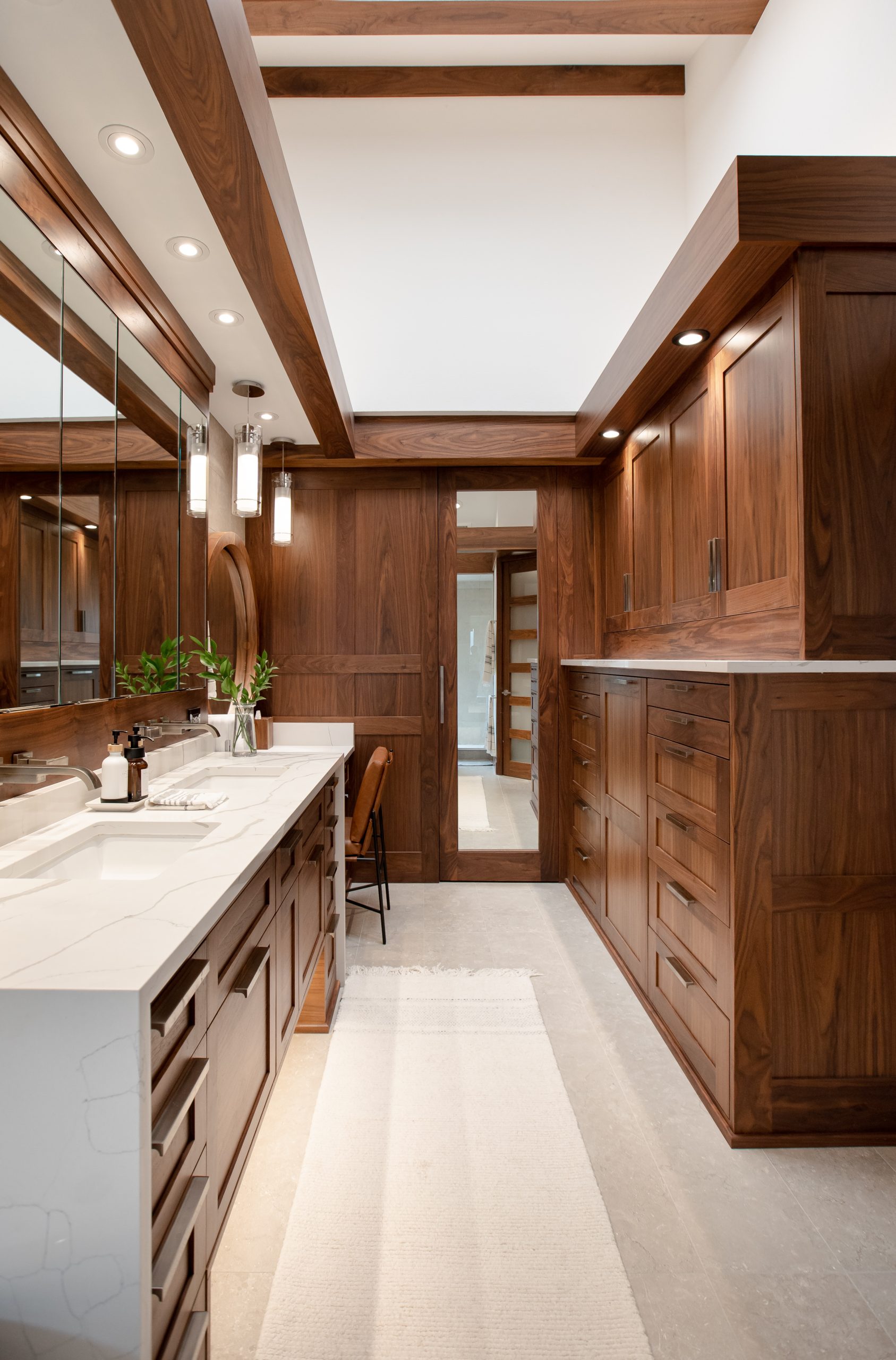Must-Haves vs. Nice-to-Haves: How to Prioritize Your Remodel Wishlist
Why Two Lists Are Essential
Before you ever pick up the phone to call a contractor, you need clarity. Walking into a consultation with a vague “I want to update my kitchen” won’t get you very far. But showing up with a clear understanding of what’s non-negotiable versus what’s flexible? That’s how you get a remodel that actually works.
Think of it this way: your must-haves are the bones of your project. These are the elements that solve real problems in your daily life—poor lighting that makes cooking dangerous, inadequate storage that leaves your counters cluttered, outdated plumbing that’s one bad day away from a disaster. Your nice-to-haves are the finishes—the things that make your space beautiful and uniquely yours.
Building Your Must-Have List
Your must-haves should focus on function, not aesthetics. Here’s how to identify them:
Common Must-Haves for Kitchen Remodels:
- Adequate task lighting over work areas
- Sufficient electrical outlets (more than you think you need)
- Storage solutions for awkward spaces
- Durable countertops that can handle daily use
- Proper ventilation
- Functional work triangle or zone layout
Common Must-Haves for Bathroom Remodels:
- Proper water pressure and temperature control
- Adequate ventilation to prevent mold
- Non-slip flooring for safety
- Storage for daily essentials
- Good lighting (especially at the mirror)
- Privacy (proper door clearances, window treatments)
Creating Your Nice-to-Have List
Nice-to-haves aren’t frivolous—they’re the elements that turn a functional space into your dream space. But they’re also where you have the most flexibility when it comes to budget and timeline.
The Trade-Off Conversation
Here’s where things get real: when your contractor provides that first estimate and it’s 30% over budget. This is exactly why you separated your lists. You can now have an informed conversation about where to make cuts.
Smart trade-offs preserve your must-haves while finding flexibility in nice-to-haves. Maybe you keep the custom cabinet layout (must-have for storage) but opt for stock cabinets with semi-custom modifications instead of fully custom (nice-to-have aesthetic). You still get the function you need with a significant cost savings.
Red Flags: When Expectations Become Unrealistic
Sometimes the gap between wishlist and reality is too big to bridge. Here are warning signs:
- Your must-have list is three pages long. If everything is non-negotiable, nothing is. Revisit with fresh eyes and be honest about what’s truly essential.
- You’re trying to fit luxury finishes into a builder-grade budget. If 80% of your budget is going to that Italian tile, you won’t have money left for proper lighting or storage.
- You’re dismissing every contractor suggestion. If multiple contractors are telling you something won’t work, they’re probably right. Flexibility isn’t failure—it’s wisdom.
Questions to Ask Yourself Before Finalizing
Before you sign on the dotted line, run through these questions:
- Will this choice still make sense in 5 years? Trendy nice-to-haves might not age well. Classic must-haves will serve you for decades.
- Am I choosing this for me or for resale? If you’re planning to stay in your home for years, design for your lifestyle. If resale is imminent, focus on broad appeal.
- Have I accounted for hidden costs? That gorgeous range might require a gas line installation. The farmhouse sink might need custom cabinetry. Make sure your budget includes these knock-on effects.
- What am I willing to sacrifice daily for this choice? That massive island looks amazing, but if it makes your kitchen cramped, you’ll resent it every morning.
The Bottom Line
The goal isn’t to talk yourself out of what you want. It’s to get clear on what matters most so you can allocate your resources wisely. A well-prioritized wishlist helps your contractor deliver maximum value. It prevents scope creep. It keeps you on budget. And most importantly, it ensures that when the project is complete, you get a space that genuinely improves your daily life—not just one that looks good in photos.
Start with function. Add beauty where budget allows. Be willing to compromise on finishes while protecting the structural and functional elements that make your space work. That’s how you get a remodel you’ll still love ten years from now.
Ready to Start Planning Your Remodel?
Let’s talk about turning your wishlist into reality. Our design-build approach means we can help you make smart trade-offs without compromising on what matters most.
Call (940) 373-7763
